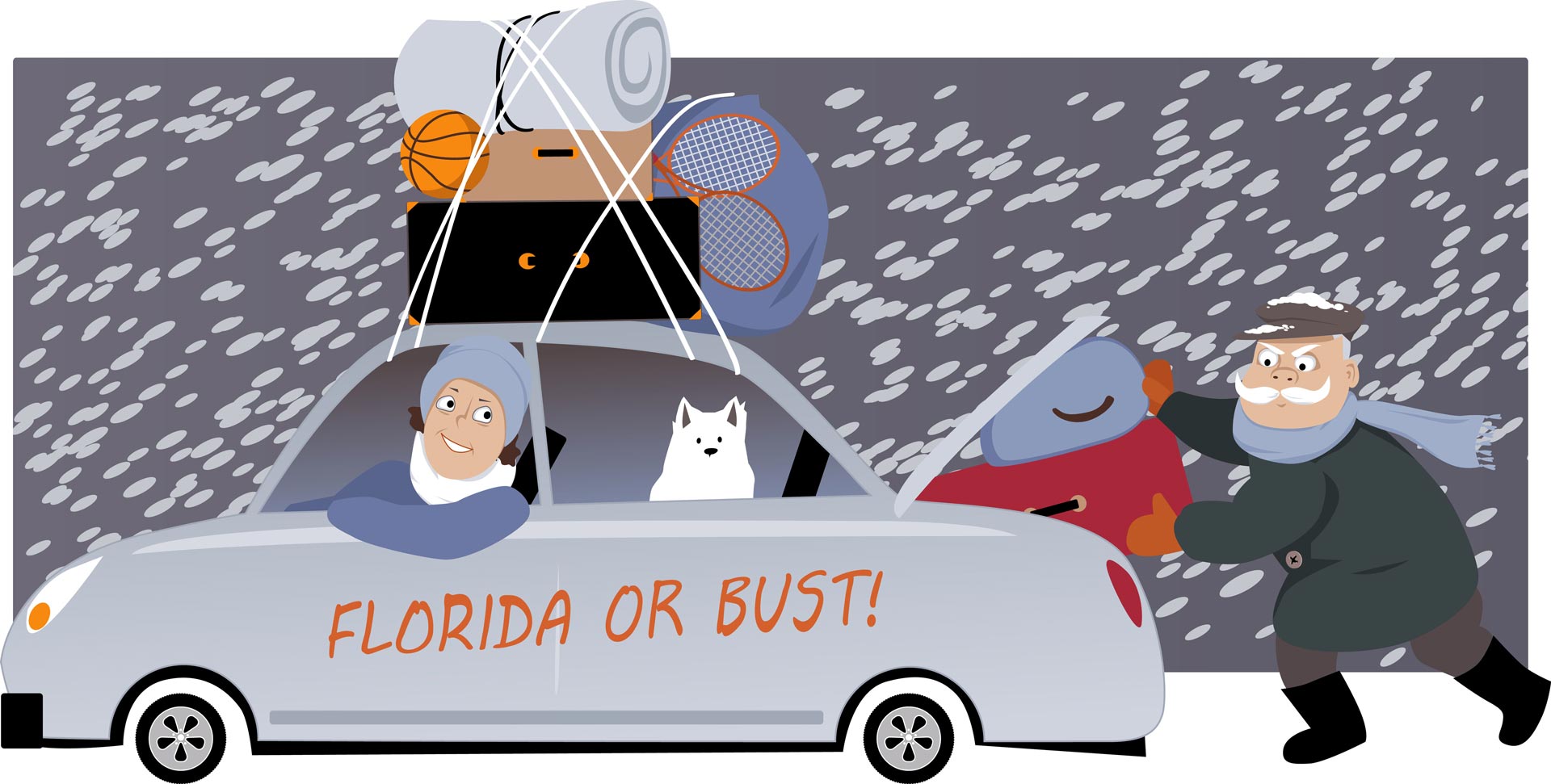

As the colder months approach, many of us focus on prepping our homes for winter. While air conditioning might not be top of mind, it’s crucial to prepare your AC system for the off-season. Proper maintenance now ensures your unit stays in good shape and is ready for next summer, and it can even help prevent costly repairs. Below are essential tips on how to prepare your air conditioner for winter, including maintenance and usage insights.
Keep in mind that it is best to contact your HVAC professional.
- Clean the AC Unit
After a long summer of cooling your home, your air conditioner has likely accumulated dirt, debris, and dust. Cleaning your unit is a critical first step in winter preparation.
Here’s how to clean your AC unit:
- Turn off the power to your AC at the thermostat and the breaker.
- Use a garden hose to gently rinse the condenser coils and fins.
- Clear out leaves, twigs, and debris from around the unit.
- Clean the filters inside your home to ensure proper airflow and efficiency.
Keeping the unit clean helps prevent rust and ensures your system runs smoothly when you turn it back on next year.
- Check for Damages
Before the cold weather hits, do a thorough inspection of your air conditioning unit. Look for any cracks, leaks, or other signs of damage, especially on the condenser unit and coil.
If you spot any issues, it's best to call a professional technician to assess the damage and make necessary repairs. Fixing small problems now can prevent bigger, more expensive repairs later.
- Cover Your AC Unit
Although some HVAC experts debate this point, it’s generally a good idea to cover your outdoor AC unit during the winter months—especially if you live in an area that experiences snow, ice, or freezing rain.
Here’s how to properly cover your unit:
- Use a breathable cover specifically designed for air conditioners. Avoid using plastic covers as they can trap moisture, leading to rust and mildew.
- Ensure the cover fits securely, but still allows airflow to prevent condensation buildup inside.
- Place foam pipe covers on exposed pipes to protect them from freezing temperatures.
If you live in a region where the winter isn’t particularly harsh, it may be sufficient to cover only the top of the unit to keep out debris.
- Check and Replace Air Filters
Your AC shares ductwork with your heating system, so it’s important to check and replace your air filters regularly, even during winter. Clogged or dirty filters can reduce the efficiency of your HVAC system and put strain on both heating and cooling components.
Replacing your filters ensures good airflow and helps improve indoor air quality during the colder months, as well as preparing your system for next summer.
- Turn Off the Power to the Unit
Even though you won’t be using your air conditioner during the winter, it’s wise to completely turn off the power to the unit. This prevents the AC from turning on during unseasonably warm winter days, which can draw in cold water, freeze, and damage the system.
To turn off the power:
- Locate the disconnect box outside near the unit.
- Flip the switch or pull the fuse to turn off power to the AC.
Be sure to turn it back on in the spring before restarting your air conditioning.
- Schedule a Professional Maintenance Check
Winterizing your AC is a great time to schedule a professional inspection. An HVAC technician can:
- Perform a thorough checkup of your system.
- Ensure all components are functioning properly.
- Address any potential issues before they worsen.
A professional can also help fine-tune your system to run at optimal efficiency when you start using it again next season.
- Keep the Area Around the Unit Clear
Throughout the winter, make sure the area surrounding your AC unit remains free of debris, snow, or other obstructions. While it’s important to cover and protect the unit, you also need to ensure airflow isn’t completely restricted.
Regularly check to remove leaves, branches, or snow that may accumulate around the unit.
- Consider a Programmable Thermostat
If you don’t already have one, now is a great time to invest in a programmable thermostat. Programmable thermostats allow you to control the temperature of your home efficiently, adjusting automatically based on your schedule.
During winter, you can set the thermostat to lower temperatures when you’re away or sleeping, and raise it when you’re home. Not only does this save on energy costs, but it also reduces wear on your HVAC system.
Prepping your air conditioning system for winter is an essential part of home maintenance. By taking a few key steps, such as cleaning, inspecting for damages, covering the unit, and scheduling professional maintenance, you can extend the life of your AC and ensure it’s ready to keep you cool when warm weather returns. Proper winterization also protects your system from potential damage and costly repairs, making it a smart investment for long-term savings and comfort.
